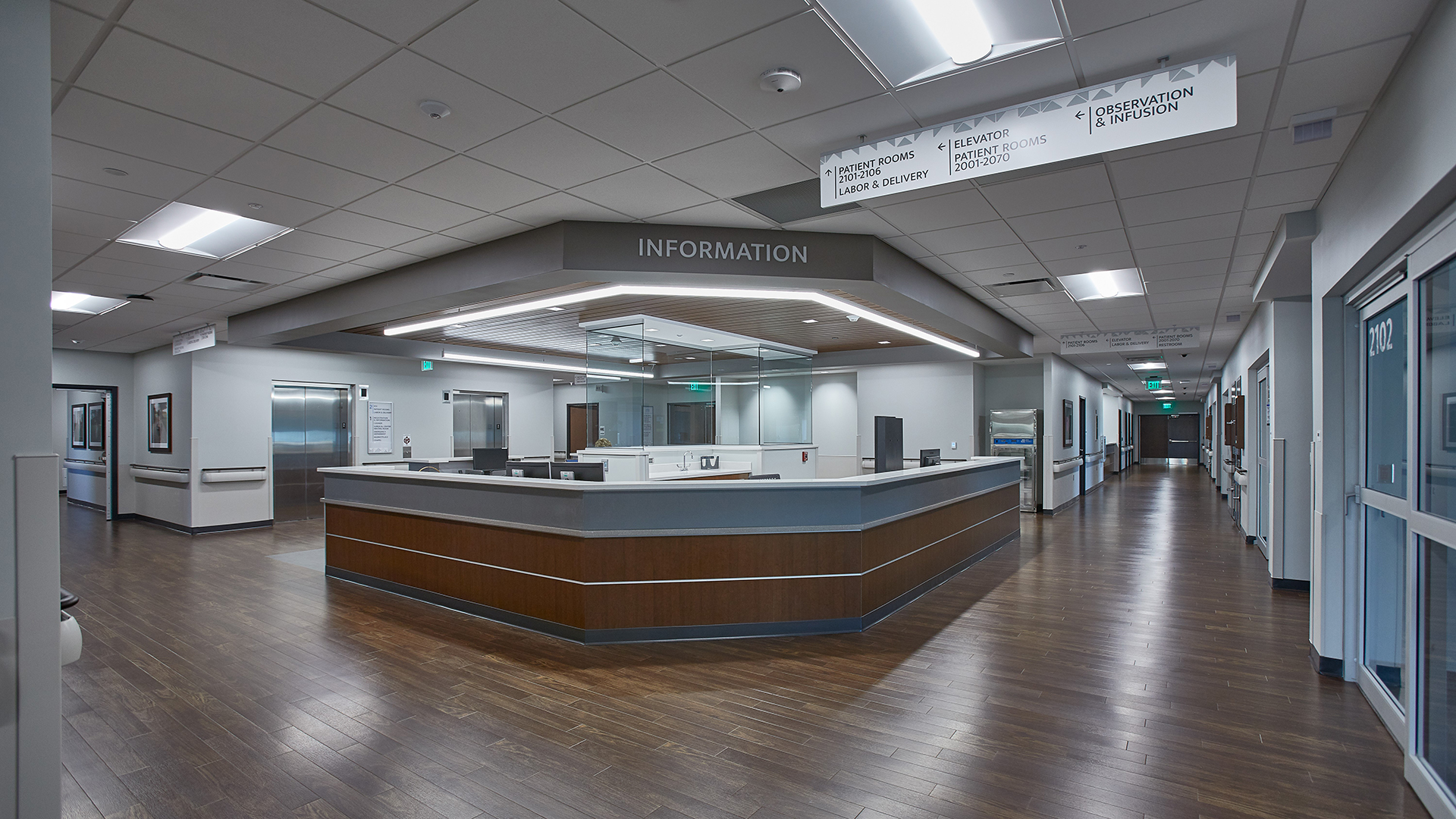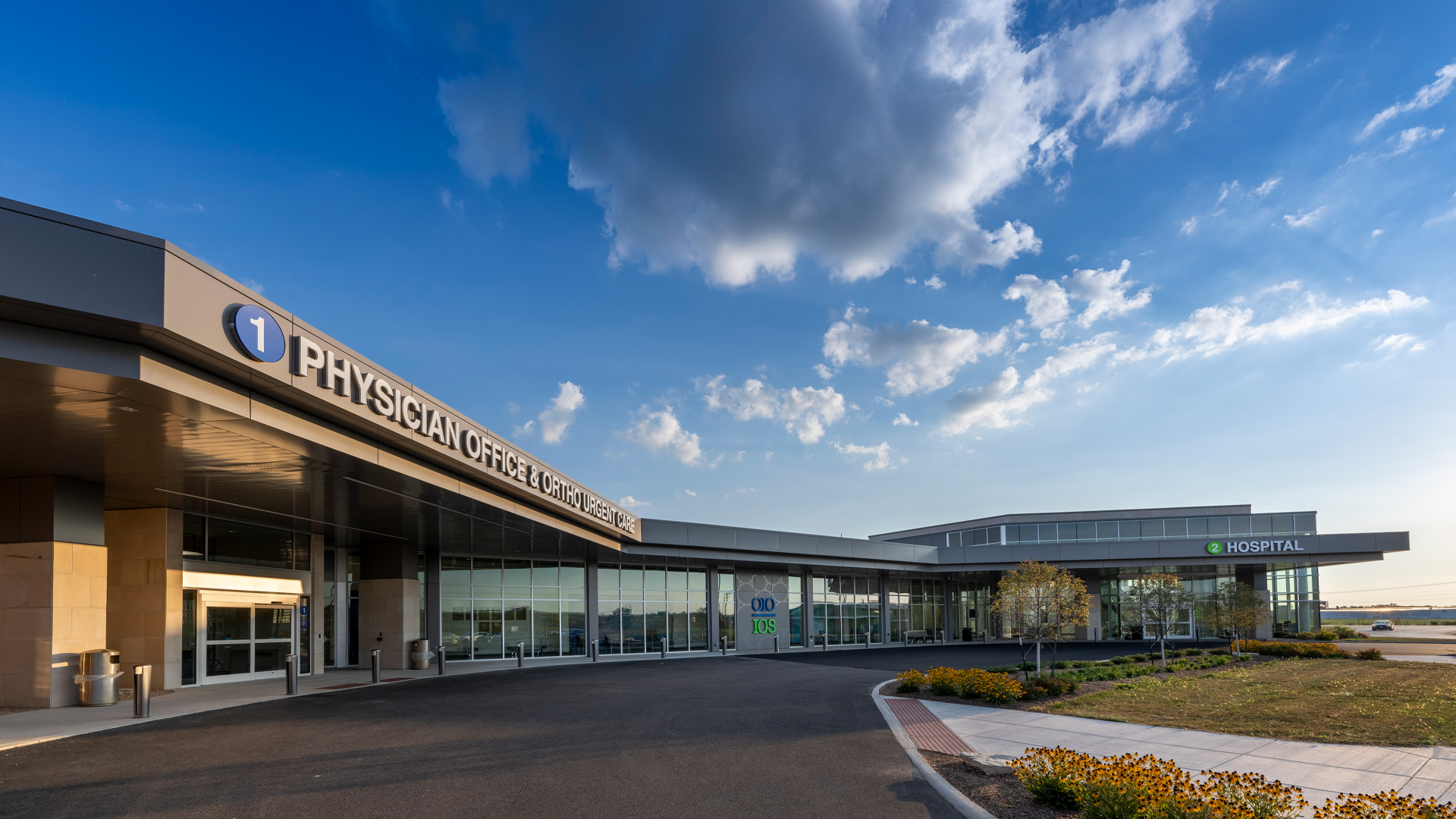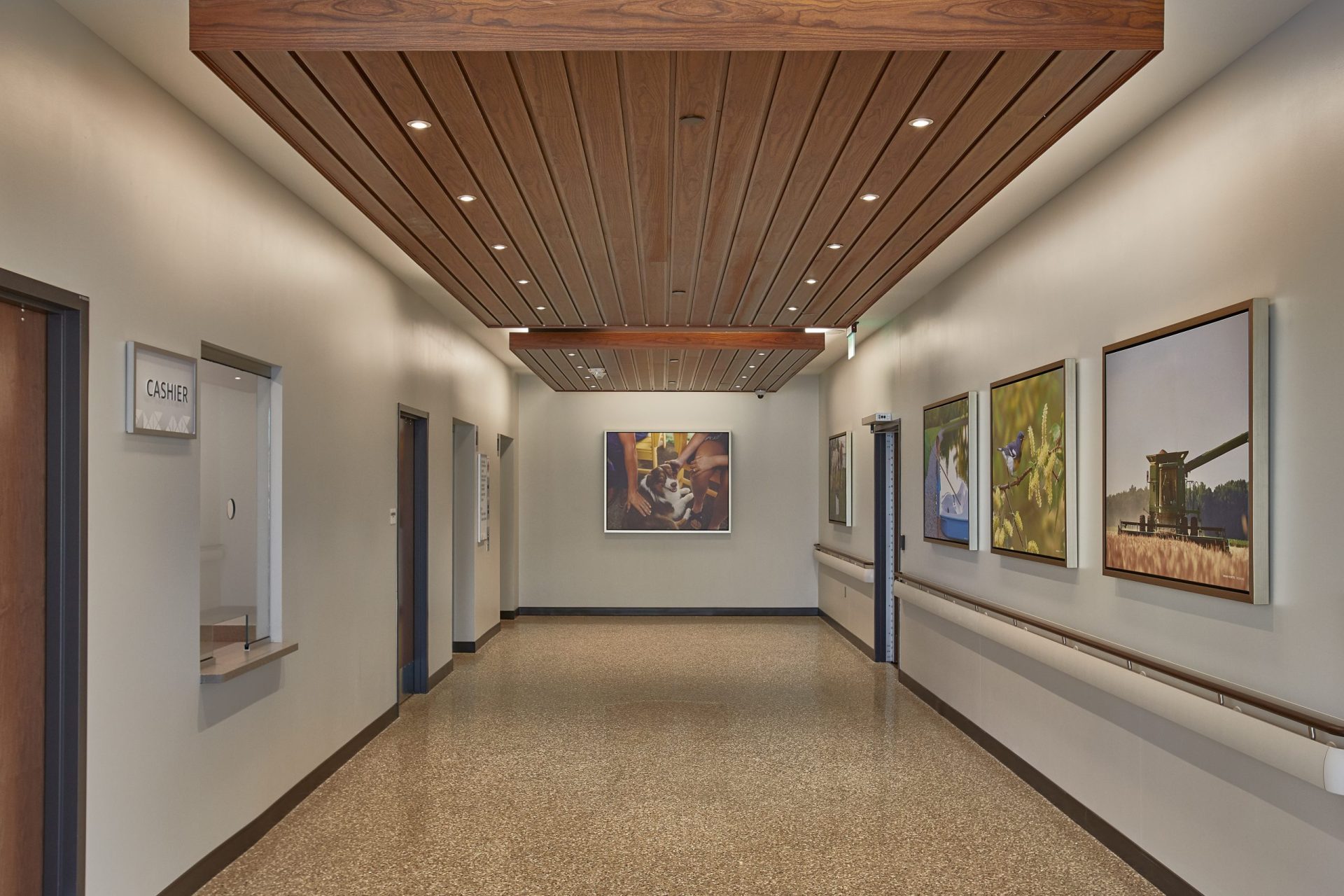The Vital Role of Wayfinding in Healthcare: Designing for Calm, Clarity, and Care
By Katie Briner, AIGA DL
May 28, 2025Post Tagged in
If you’ve ever struggled to find your way to a new doctor’s office or the correct entrance for an outpatient procedure, you’ve experienced firsthand how a successful wayfinding system can transform a healthcare facility from a source of stress into a place of relief and reassurance.When we think of surgery centers, hospitals, or clinics, we often focus on the care provided inside—but the patient experience truly begins the moment someone arrives on the property. For many, visiting a healthcare facility is already a stressful event. The last thing anyone needs is to feel lost, confused, or overwhelmed before even reaching their care team. |

|

 |
Why Wayfinding Matters in HealthcareWayfinding isn’t just about signs—it’s about guiding people intuitively and compassionately through unfamiliar spaces. In healthcare, this is especially crucial. Patients and their families are often anxious, distracted, or in a hurry. Clear, concise wayfinding can:
|


